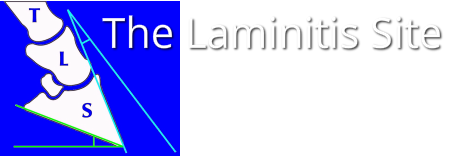The pituitary gland is suspended from the hypothalamus at the base of the brain, near the optic nerve. Together, the hypothalamus and pituitary gland affect many functions of the body, including metabolism, immune response and inflammation, body temperature, hunger and thirst, reproduction and growth, cardiovascular function, stress response - fight or flight.
The pituitary gland consists of 3 major hormone-releasing lobes: the pars distalis, pars intermedia and pars nervosa. In the healthy horse:
The pars distalis mostly releases ACTH (affects metabolism, stress - stimulates cortisol), some beta-endorphin (affects pain, behaviour, immune system, vascular tone), Growth Hormone, Follicle Stimulating Hormone, Luteinizing Hormone, Thyroid Stimulating Hormone and prolactin.
The pars nervosa releases Arginine Vasopressin (anti-diuretic hormone) (affects water balance and cardiovascular function) and oxytocin (affects reproduction and growth).
The pars intermedia mostly releases alpha-MSH (affects coat and skin, metabolism, obesity, is anti-inflammatory and reduces fever), beta-endorphin and CLIP (similar to ACTH, may stimulate insulin).
In the PPID horse the pars intermedia also releases ACTH.
In a healthy horse, dopamine producing neurons from the hypothalamus release dopamine into the pars intermedia. The dopamine acts as a brake and stops hormone production.
With PPID the neurons are slowly lost (PPID is a neurodegenerative disease - it gets progressively worse) and the reduction in dopamine (there can be up to 9 times less dopamine in the pars intermedia of a horse with PPID than a healthy horse of the same age) causes:
the production of POMC peptide hormones (alpha-MSH, beta-endorphin, CLIP and ACTH) to increase - hormone levels may be more than 100 times greater than in a normal horse;
pars intermedia cells to divide (hyperplasia) and enlarge (hypertrophy), causing the pituitary gland to increase in size (may be > 6 times larger than in a normal horse), and often leading to large or multiple small adenoma (tumour) formation. The expansion of the pars intermedia can cause the other pituitary lobes to become compressed.
For more information, see the Prascend Mode of Action video below:

 RSS Feed
RSS Feed